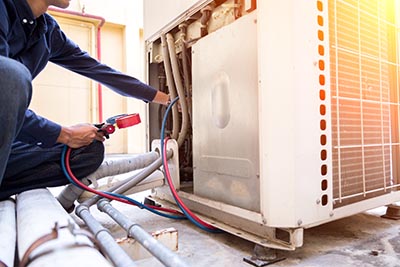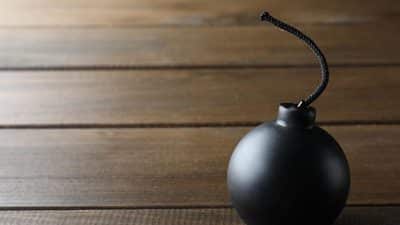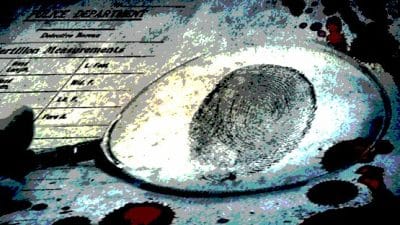
Most households rely on the heating and cooling system to maintain comfortable temperatures throughout summer and winter. However, some people don’t often think about their HVAC unit until it develops a problem. They pay their bills without even questioning the efficiency of their system. It’s vital to have some basic knowledge of how the HVAC system operates. This way, you can quickly spot a problem and seek professional help in time. Continue reading to gain more insights.
Knowing your heating and cooling systems
The HVAC systems contain a warm, cool air source and a channel for distributing the air to the respective rooms. The cooling and heating process works by the principle that heat travels from warm to cool areas naturally. One vital component of the HVAC system is the thermostat. It signals the heating or cooling system to kick start and shut down once the house attains the desired temperature. The ductwork carries heated or cool air into your home, and the air will then get into various rooms through vents. Here is how the HVAC system works.
The heating process
When you set your HVAC system to the heating mode, the unit draws in your indoor air, heats it, and recirculates it throughout the house. You can either choose between the furnace, boiler, or ductless heating systems. The furnace contains burners that burn fuel to heat the air, and you can either install a gas or oil model.
On the other hand, the boiler heats water and distributes hot steam that warms the indoor air. A ductless heating system collects indoor air, uses a compressor to heat it, and recirculates the air to specific zones in the house.
The cooling process
Once you turn on the cooling system, the fan pulls hot indoor air through the return duct. The air passes through an air filter that traps dust particles, pollen, pet dander, and other contaminants. From here, the warm indoor air blows over cool evaporator coils. The coils contain a refrigerant that transitions from liquid to gas to facilitate heat exchange.
Next, the evaporator coils absorb heat and moisture from the indoor air, and the coolant inside changes from liquid to gas. The blower fan then blows back cooler air into the house. At the same time, the humidity drawn from the indoor air condenses into water, flows to the drain pan underneath, and leaves the unit to the outdoors through the drain line.
The gas refrigerant then flows into the compressor, which pressurizes the coolant and increases its temperature further. From here, the refrigerant flows into the condenser coil. A fan in the outdoor unit blows cool air over the system, and the coolant expels indoor heat to the outside then converts into a liquid. The refrigerant flows through the expansion valve into the evaporator coils, and the process continues until the house achieves the desired temperature.
Common heating and cooling system problems and how to fix them
As the season changes, your heating and cooling system may experience some issues. While you can comfortably fix some of these problems, complex tasks require professional assistance. Watch out for the following issues.
Thermostat malfunction
If your HVAC system fails to turn on, doesn’t cool your house adequately, or cycles on and off often, there could be a problem with the thermostat. Start by changing the thermostat’s battery to see whether it resolves the issues.
The thermostat positioning can also affect its functioning. If you install it in areas that receive direct sunlight, the thermostat perceives the house warmer and signals the unit to run continuously. Locate the thermostat centrally away from heat sources and direct sunlight. If you have an outdated thermostat, replace it with a modern model.
Dirty air filters
With time, debris may accumulate on the air filters, limiting airflow. The unit will have to work extremely hard and run for an extended period. This will result in high utility bills, increased wear and tear. Ensure that you clean or change the air filters every three months and monthly if you live in a dusty region. Using a clean air filter will lower the energy consumption by 5% to 15%.
Unusual noises
Most heating and cooling systems operate very quietly. You should, therefore, never ignore any strange noises coming from your unit. A loud buzzing noise means a missing or broken part that puts extra stress on other components. The system may also produce a buzzing noise in case of a refrigerant leak or compressor malfunction. A hissing sound signifies a leaking air duct, while a squeaking sound indicates a malfunctioning fan or blower motor. Have a professional assess the issue to rule out the exact cause of the problem and fix it.
Ignition problems
If the heating systems stop blowing in warm air, you could be having an issue with the pilot light or ignition. With time, the ignition component wears out, and you should have it replaced. Dirt accumulation on the burners, flame sensors, and the pilot can also cause delayed ignition, furnace lockout, and short cycling. Fixing this issue requires you to handle dangerous elements like natural gas so leave it to trained technicians.
Uneven room temperature
If you notice that some spots in your house appear somewhat colder or hotter than others, this signifies an issue within your heating and cooling system. One leading cause of uneven temperature is the wrong size unit. If you buy an undersized HVAC system, it might not distribute enough air throughout the house. An oversized unit turns on and off frequently, and it won’t cool all the rooms adequately. Have a qualified technician size your system based on your house’s square footage, the number of occupants, and climatic conditions. Blocked vents, an old unit, and poor insulation can also cause uneven temperature.
Maintenance tips for your heating and cooling system
You can prevent most HVAC issues by having a licensed contractor tune up your system before the cooling and heating seasons. During maintenance, the professional will inspect the electric connections, recharge the refrigerant, lubricate moving parts, check and fix air leaks. This will prevent frustrating breakdowns, frequent repairs, or replacements sooner than expected.
As per an expert that does air conditioning in Brooklyn, here are various maintenance tasks that you can do on your own to keep your HVAC unit running efficiently throughout the year.
- Keep the ducts clean
- Often clear around the outdoor unit
- Clean the AC coils and heat pump often
- Inspect the drain line
- Remove obstructions from the vents to improve airflow
The bottom line
The heating and cooling system is a very vital unit in any household. When well taken care of, it will increase the comfort level of your house, run at a lower cost, and serve you longer.
Story by Brian Weyer










